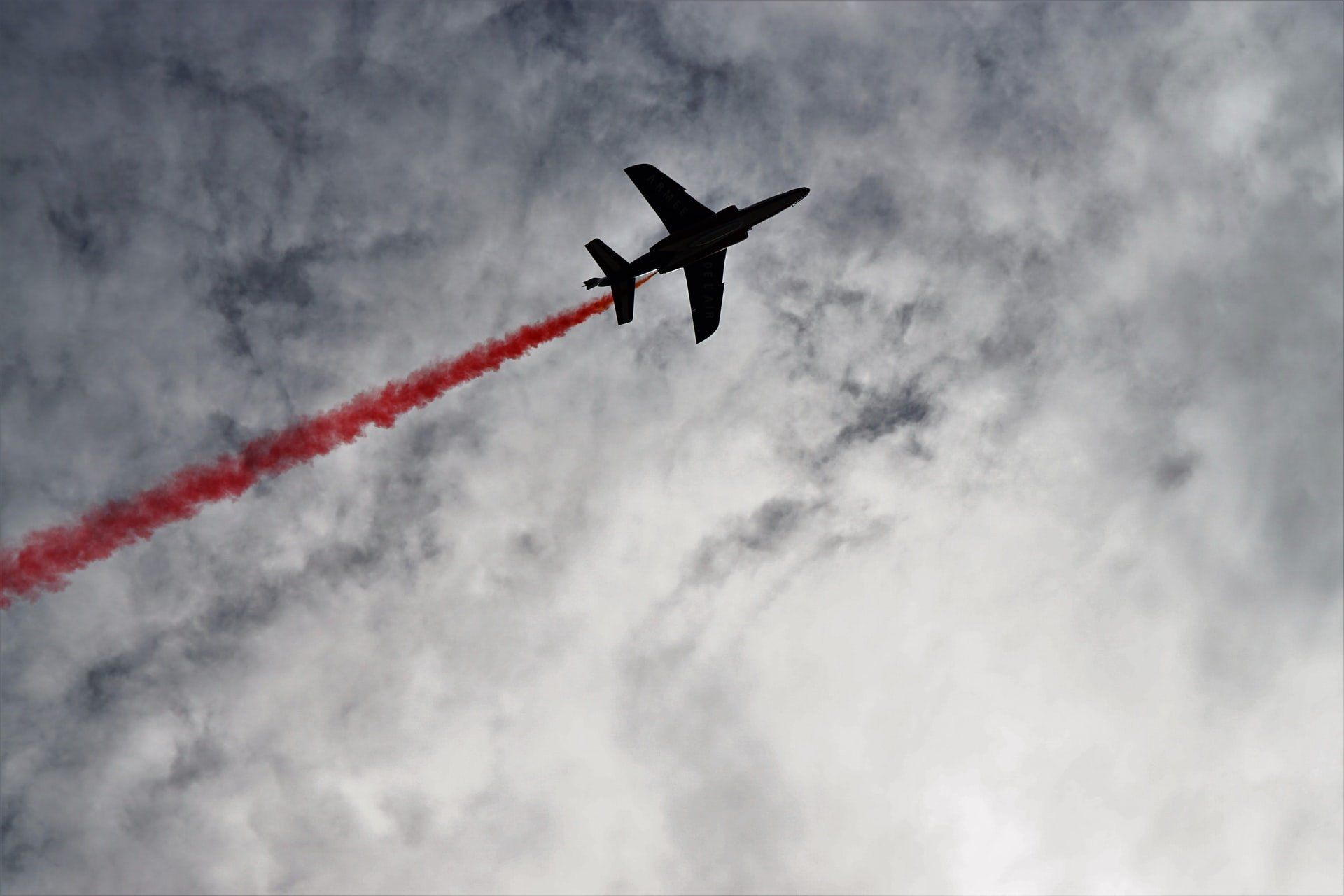MAYDAY! MAYDAY! MAYDAY!

Frederick Mockford (1897-1962) coined the term ‘Mayday’ as the official international aviation call for help. The distress call is always made in threes – Mayday, Mayday, Mayday.
We are living in unprecedented times and I don’t think it’s exaggerating to make the same call.
 I. Am. Going. BANANAS!
I. Am. Going. BANANAS!
We read of political leaders having differing views on handling the pandemic, corporations falling by the week and friends losing jobs by the day. We are in for some turbulence.
Regardless of the circumstances, when a Mayday call is issued, a seasoned pilot is expected to do three things – aviate, navigate and communicate. Leaders must do likewise as we journey through this challenging season.
1. Aviate
The first thing a pilot does in an emergency situation is to aviate – that is, fly the plane. Likewise, the first thing a leader must do in an emergency situation is lead. Just like the pilot, you must keep the organisation ‘flying’.
A leader must continue to lead with purpose. You should always be purposeful in your leadership, but even more so during a crisis. Whether it is to cut your losses, preserve jobs, or maintain budgets; the leader must have clarity of purpose. Clarity allows the leader to focus their efforts and mark their progress.
Clarity allows the leader to focus their efforts and mark their progress.
A leader must also continue to lead with conviction. In wartime, the battle is lost if the soldiers smell even a tinge of defeat in their General. I understand it is a lot to ask, but as a leader, you must have conviction in what you do. You may not know the outcomes, but you must be sure the current course of action is the best way to achieve your goals.
Finally, leaders must continue to lead with hope. Leaders continue to point people forward and help them look two steps ahead. Hope inspires them to look forward to something: a better future. Want to be inspired? Google ‘Stories of Hope’. (Editor’s note: For all you lazybones, let me do the work for you.)
2. Navigate
If you cannot make decisions, I’m sorry to say that you are unfit to lead.
After aviating, the pilot must navigate or determine the plane’s direction. To do this, the pilot needs to be familiar with their dashboard, consider available options and make a decision. The same goes for the leader. They need factual information on how the organisation is currently doing, consider available options and decide on a course of action.
A leader must be familiar with their dashboard – a snapshot of critical indicators of the organisation’s health. While financial dashboards are fairly common, people and operational dashboards present other critical insights to the overall health of the organisation. Be it a leading or lagging indicator, these indicators all tell part of a story.
Once the options have been considered, the leader must do what only they can – make a decision.
Whether to consolidate or integrate, reduce budgets or maintain headcount, options are available if you have a clear understanding of your dashboard.
Armed with a clear understanding of your dashboard and current condition, a leader must consider available options. In a crisis situation (like we are in now), speed is of the essence. There is a burning platform and we must act swiftly. The greater the clarity, the faster the leader can weigh in on options. While consultation may be needed, in times of crisis, a leader may not have the luxury of doing so.
I’m not suggesting that leaders consider options autonomously but rather that leaders need to focus their efforts on consulting a few trusted individuals. Hence the importance of having an executive team who are always on the same page as the leader. In a crisis, options are based on what we know at the present. It may feel like short-term thinking, but in reality, that’s what happens in a crisis – frequent small steps taken to navigate the situation.
Once the options have been considered, the leader must do what only they can – make a decision. Time and time again I’ve seen how leaders are crippled by the inability to decide. Leaders cannot afford to be frozen by fear or indecision. If you cannot make decisions, I’m sorry to say that you are unfit to lead. Leadership is not about being popular or making people happy. I once read a caption that went:
If you want to make people happy, don’t be a leader. Go sell ice-cream.
You can still be a leading cause of Type II Diabetes.
3. Communicate
After aviating and navigating the aircraft, the pilot needs to communicate. One of the critical competencies of a leader in the 21st Century is the ability to communicate effectively. During a crisis, this is about bringing everyone together with a common purpose to move forward.
During a crisis, a leader communicates to have everyone understand the reality of the current situation. This minimises surrounding disruptive noise and has everyone on the same page. It is not to bring everyone to a point of agreement, but rather to understand the current lay of the land. Easier said than done, I know. But that’s what a leader needs to communicate.
The leader then communicates the next course of action. This is important to assure the people that something is being done. What happens if the leader does not know the next course of action? If I may boldly say, in a crisis situation, you can’t not have a next course of action. Sitting still is not an option. You may disagree, but I think the reality is that it’ll be very situational. As much as possible, we should communicate action.
Lastly, a leader communicates hope. In a crisis situation, people look to their leader for something that can help them look beyond their present situation. That forward-looking focus will help shift their spirits from the present gloom and doom to the possibility of a better future.
Prepare for turbulence
Mayday, Mayday, Mayday. Before we do anything further, we must remember to aviate first, then navigate and lastly communicate. Before we scramble looking for solutions, we must first continue leading to keep our organisation ‘flying’. We must know our ‘dashboard’ and based on the options available, make a decision. Last but not least, communicate.
May we all bring our people and organisations to a safe landing.
Leadership





